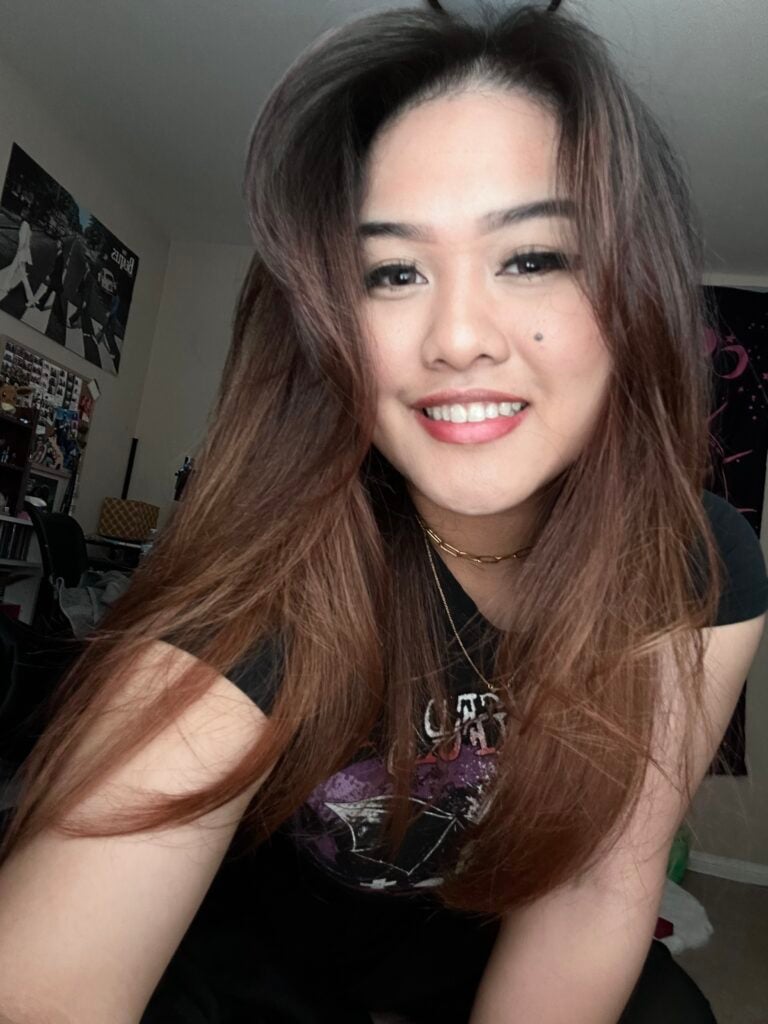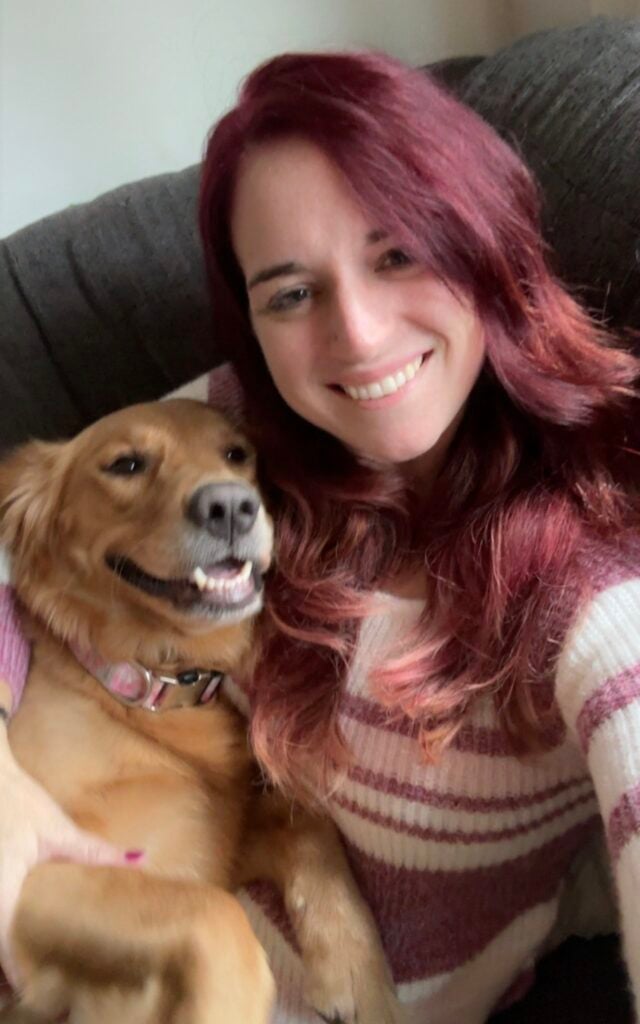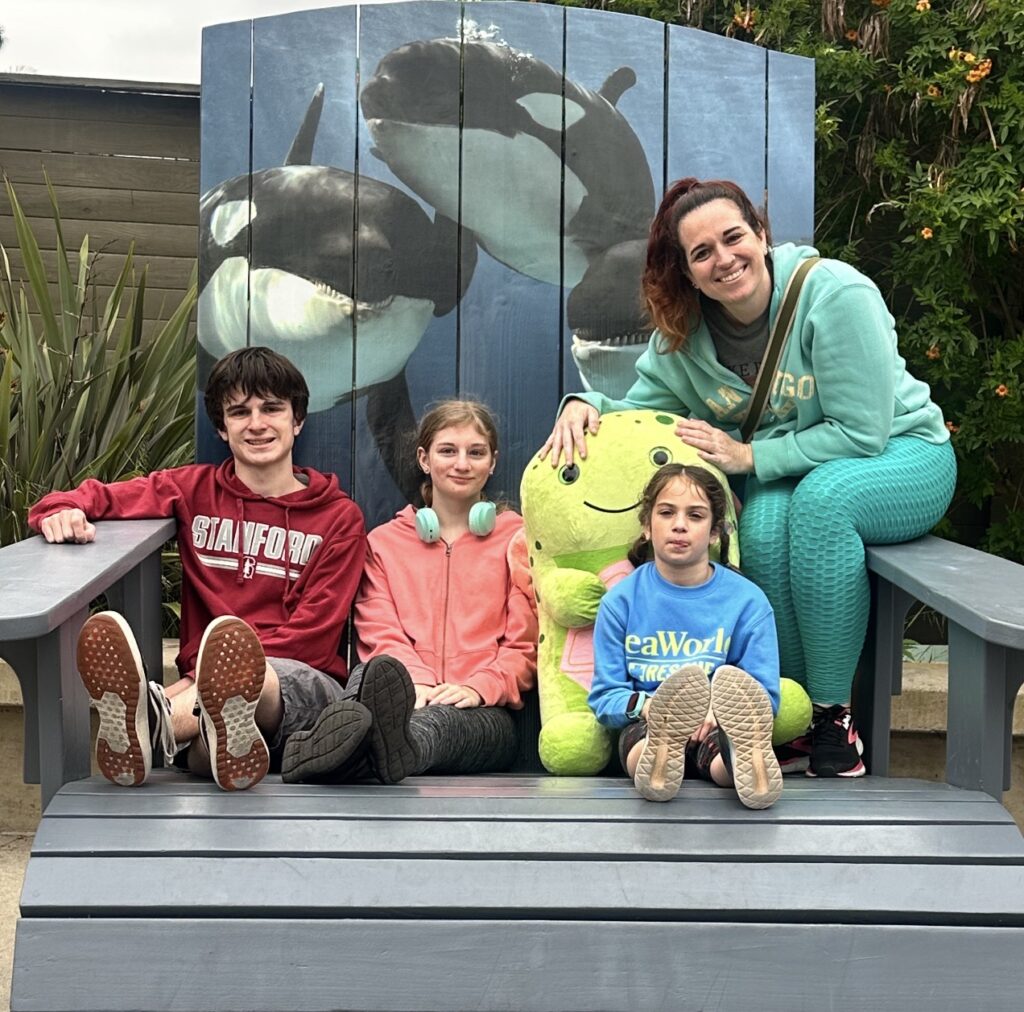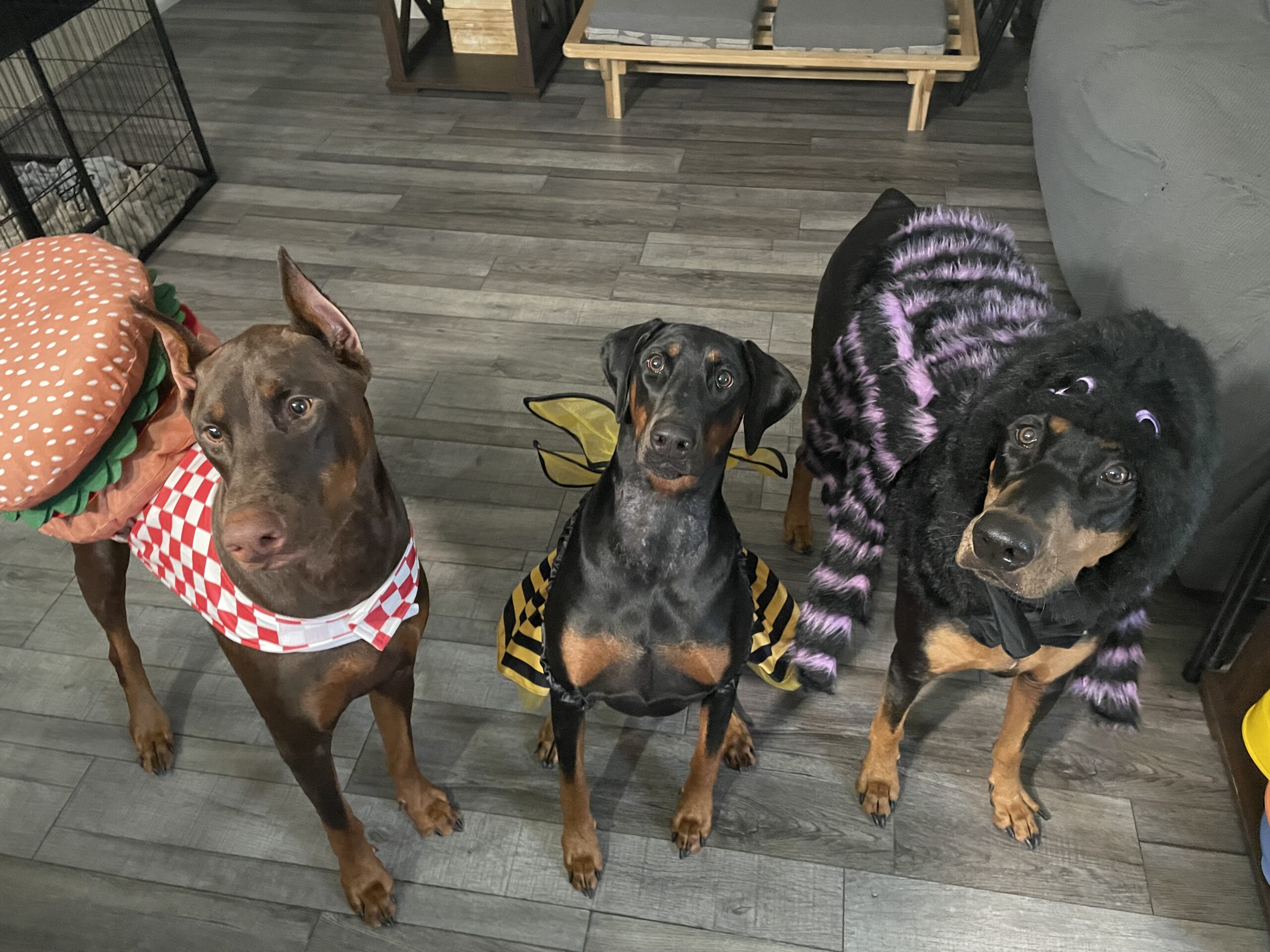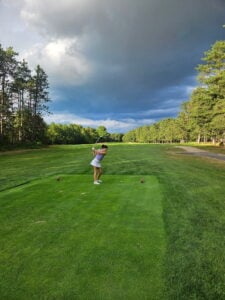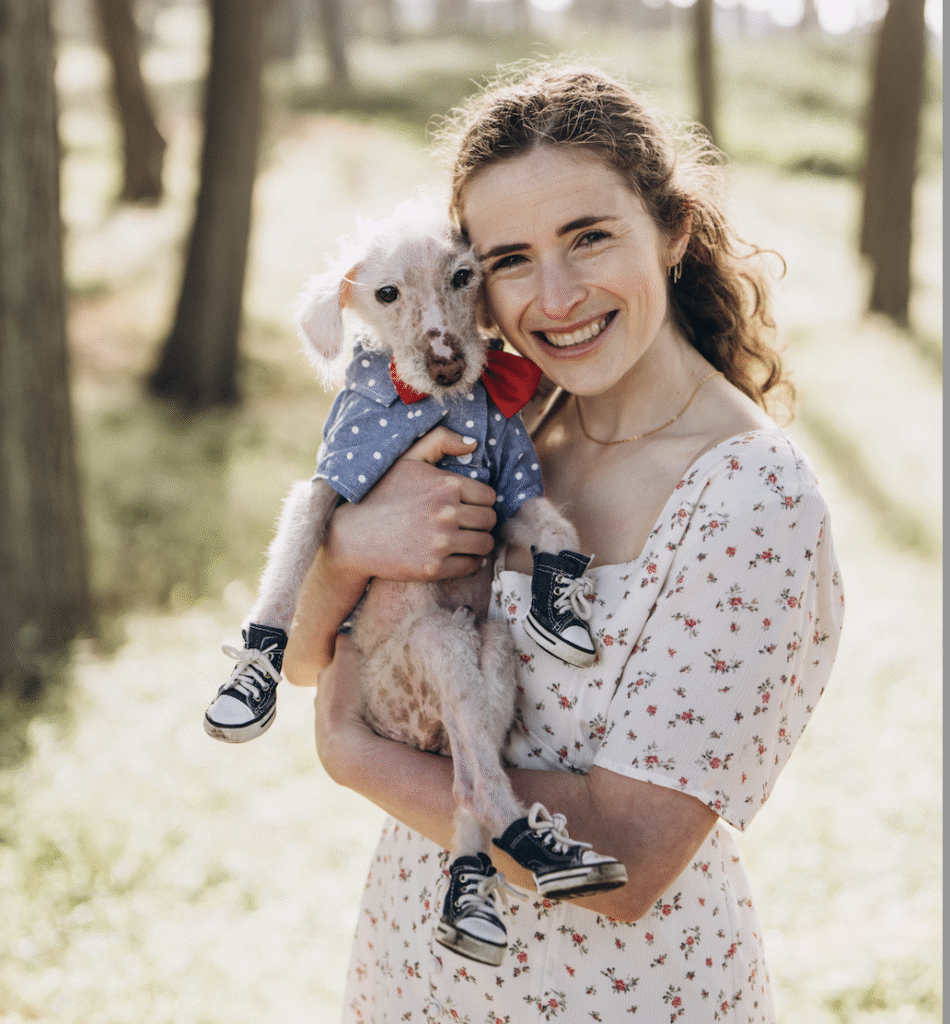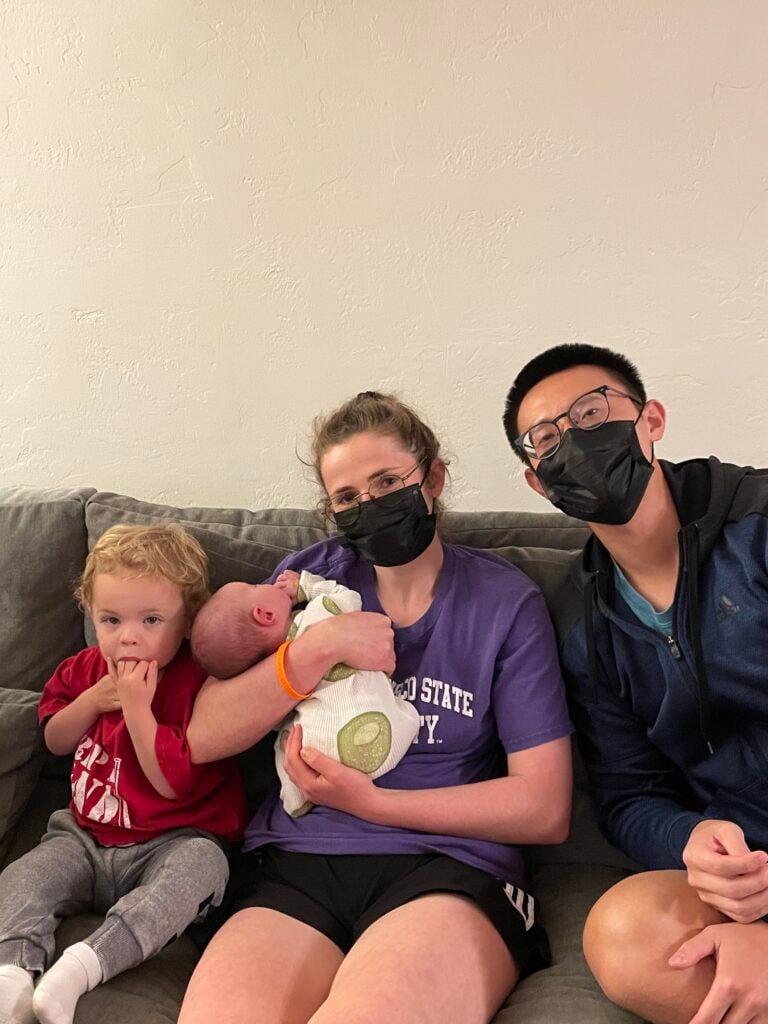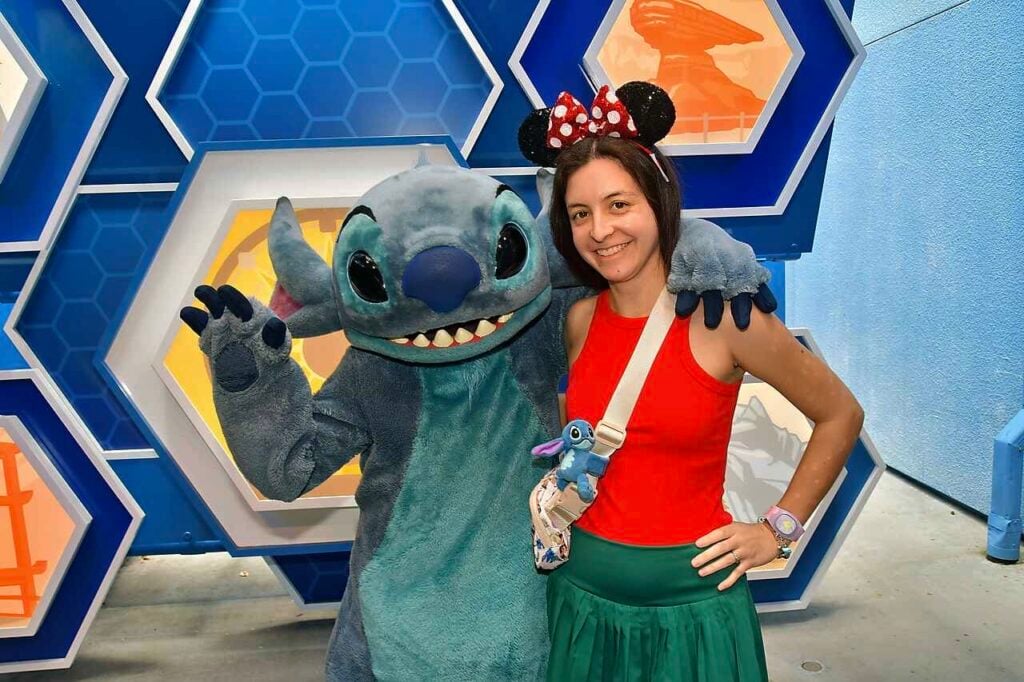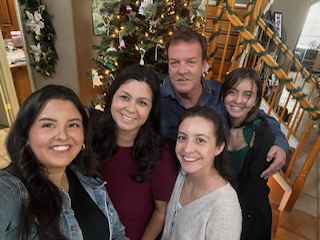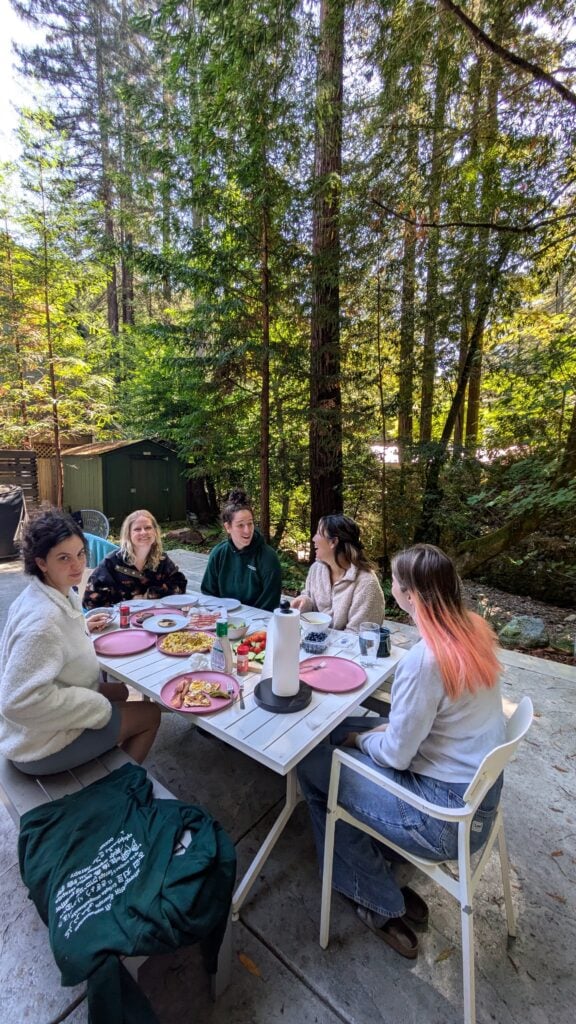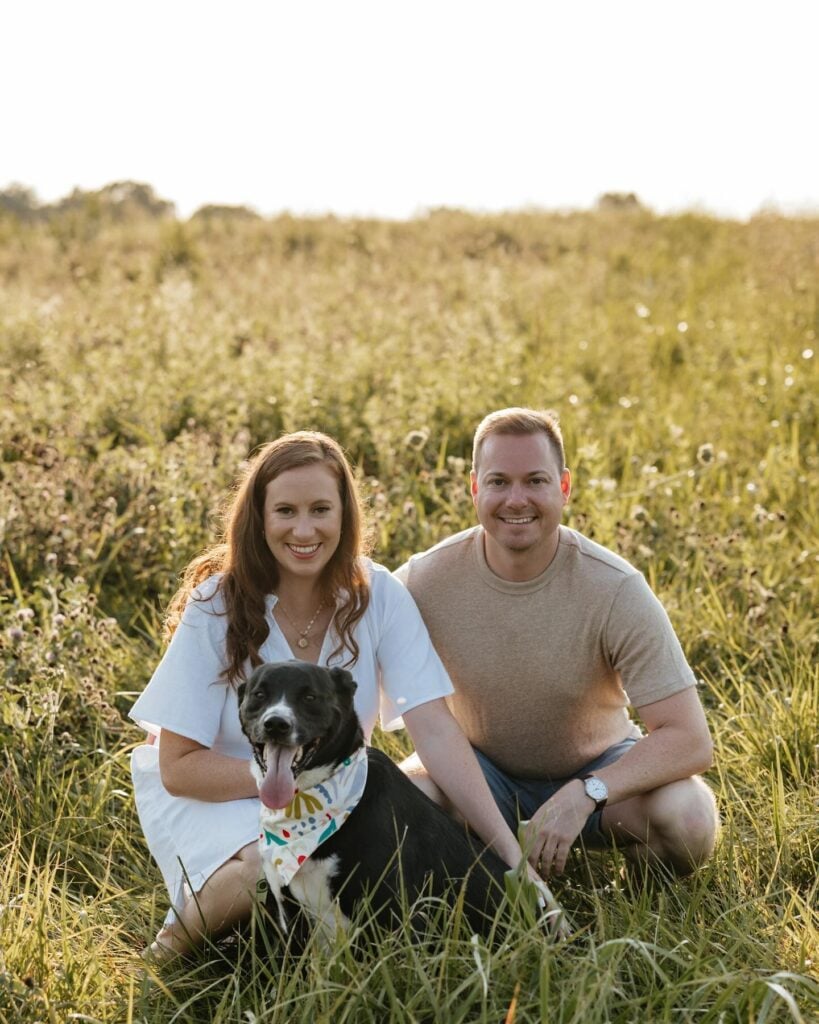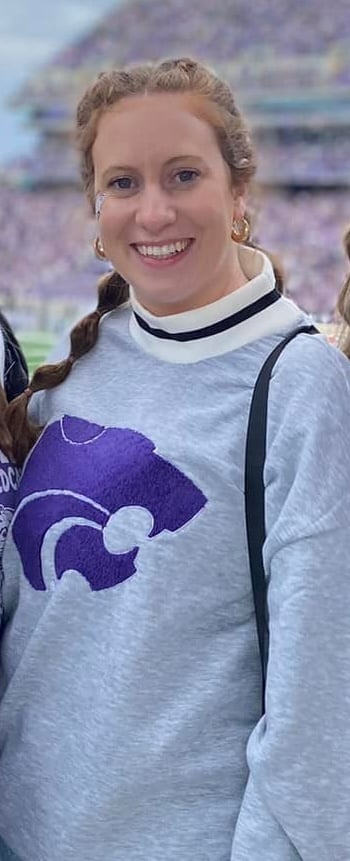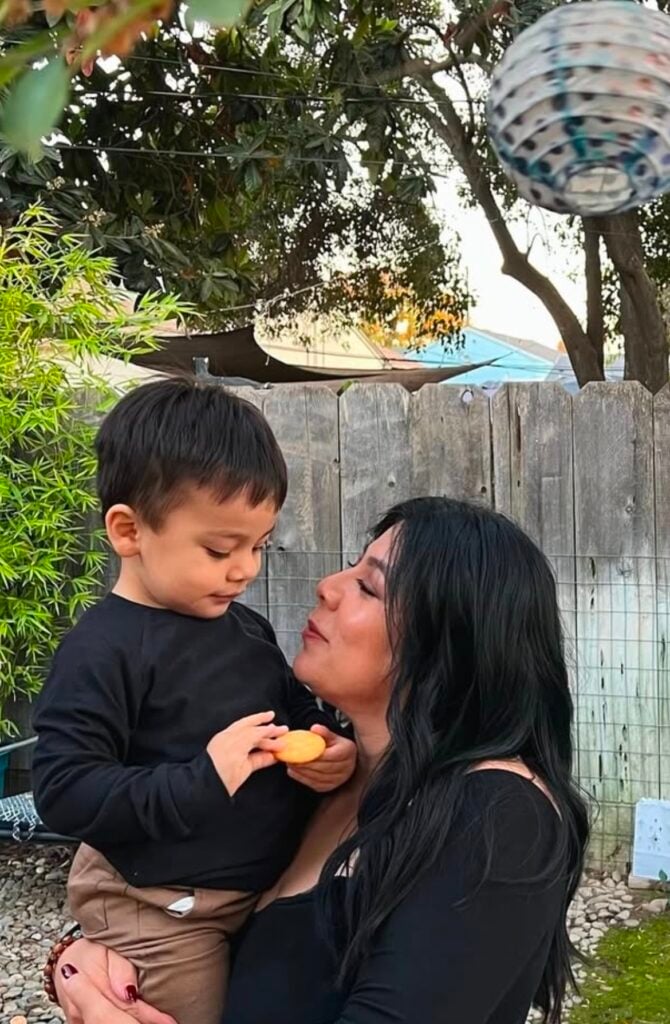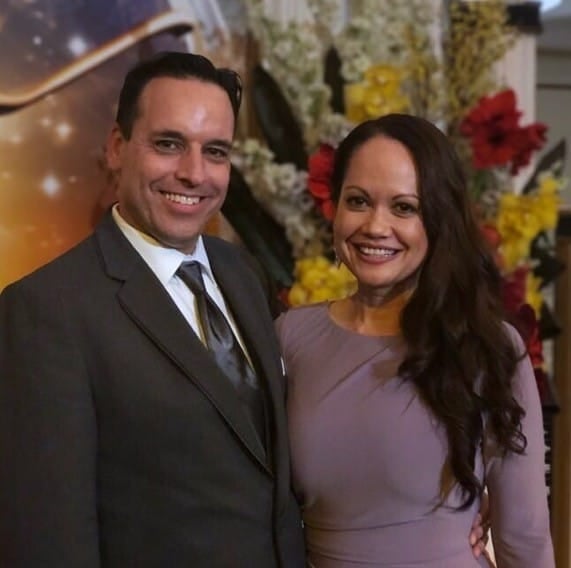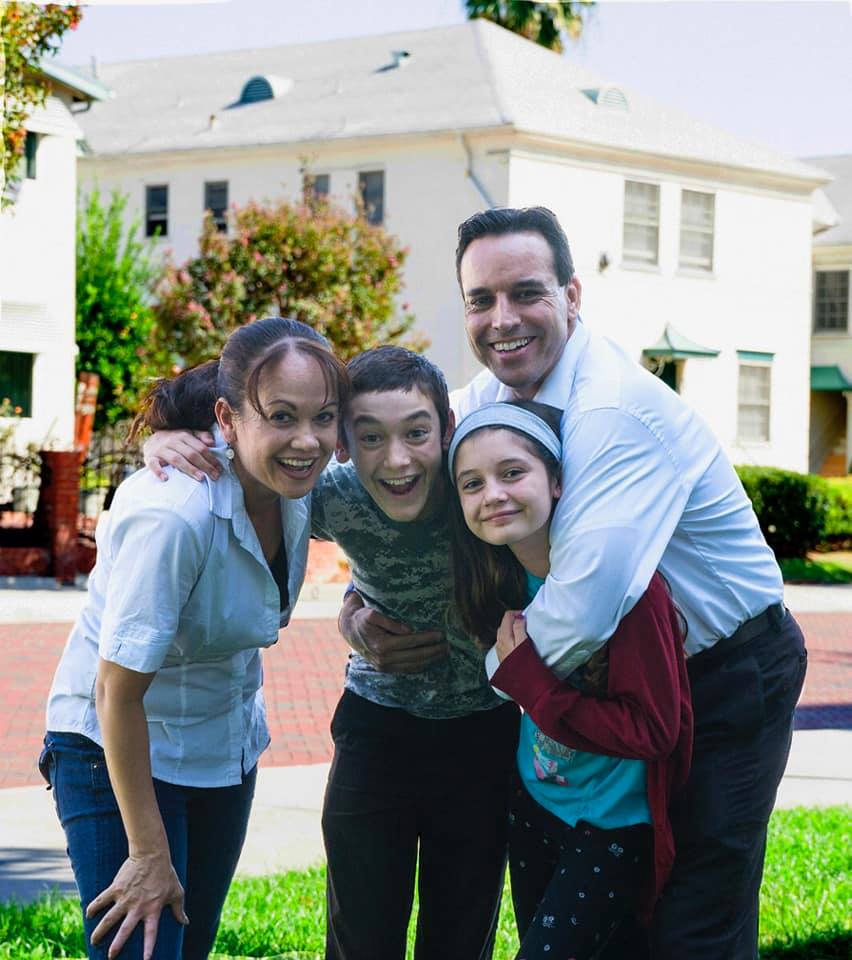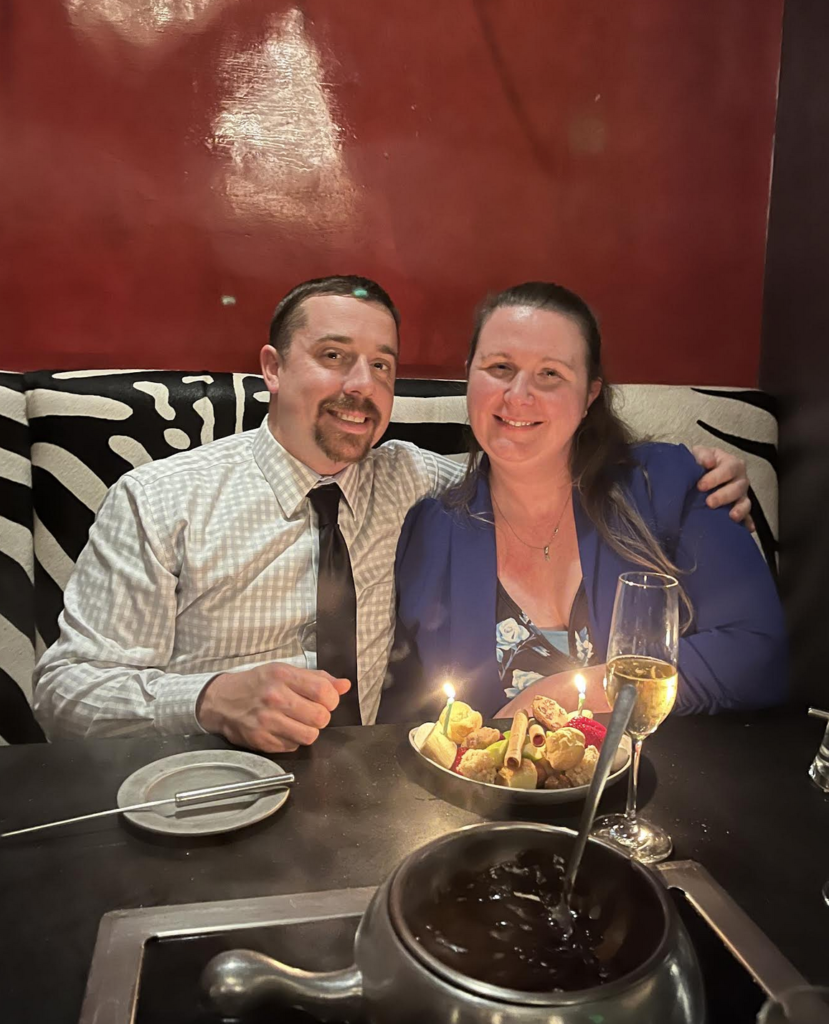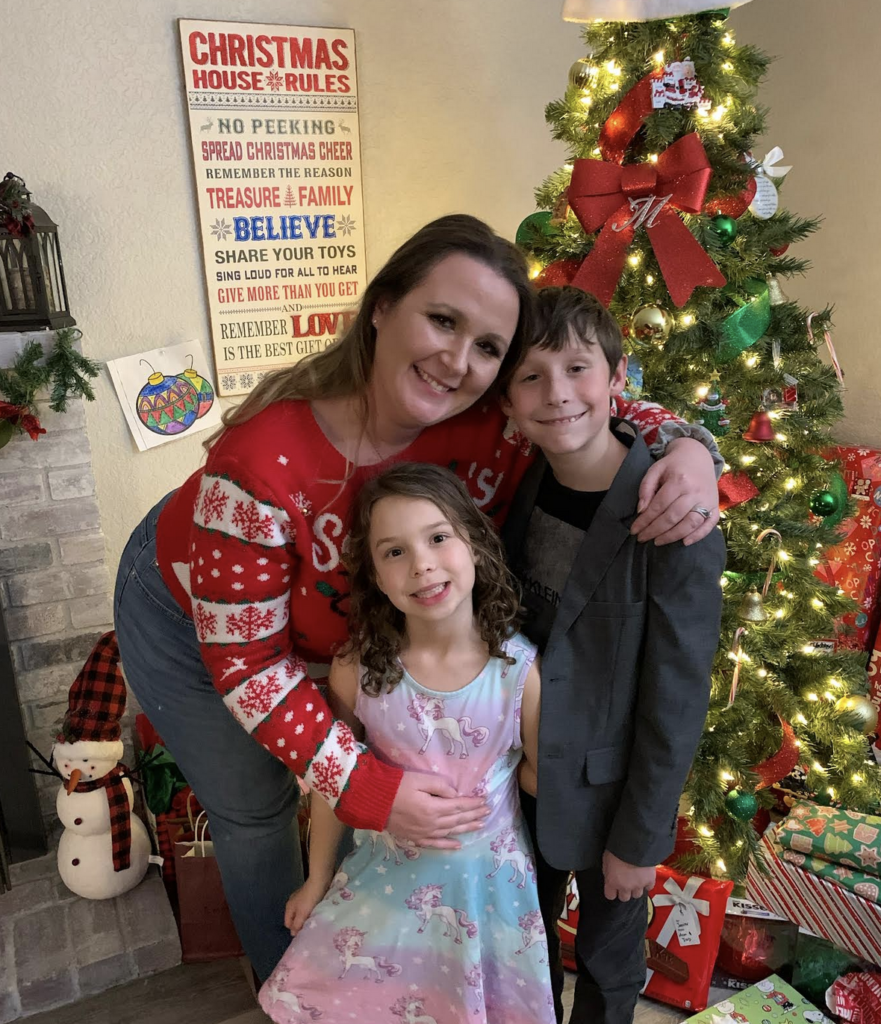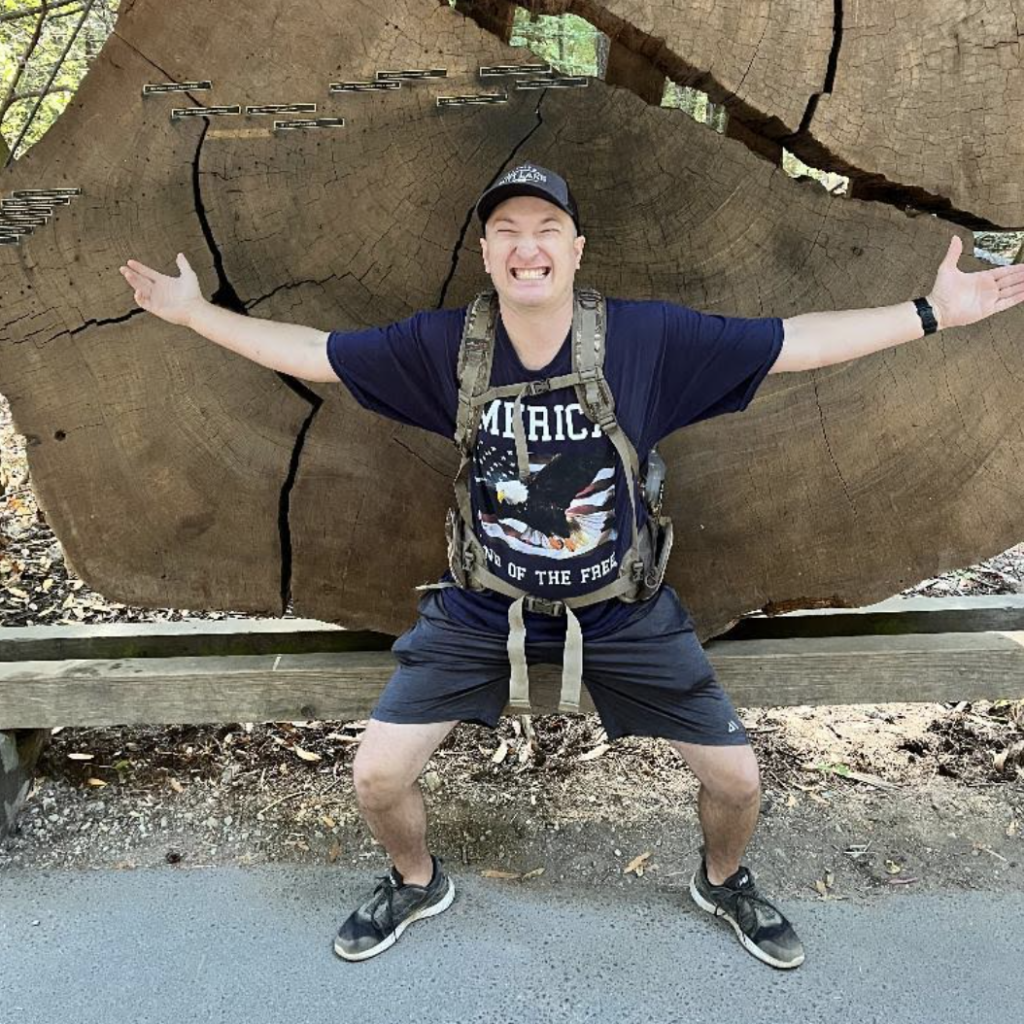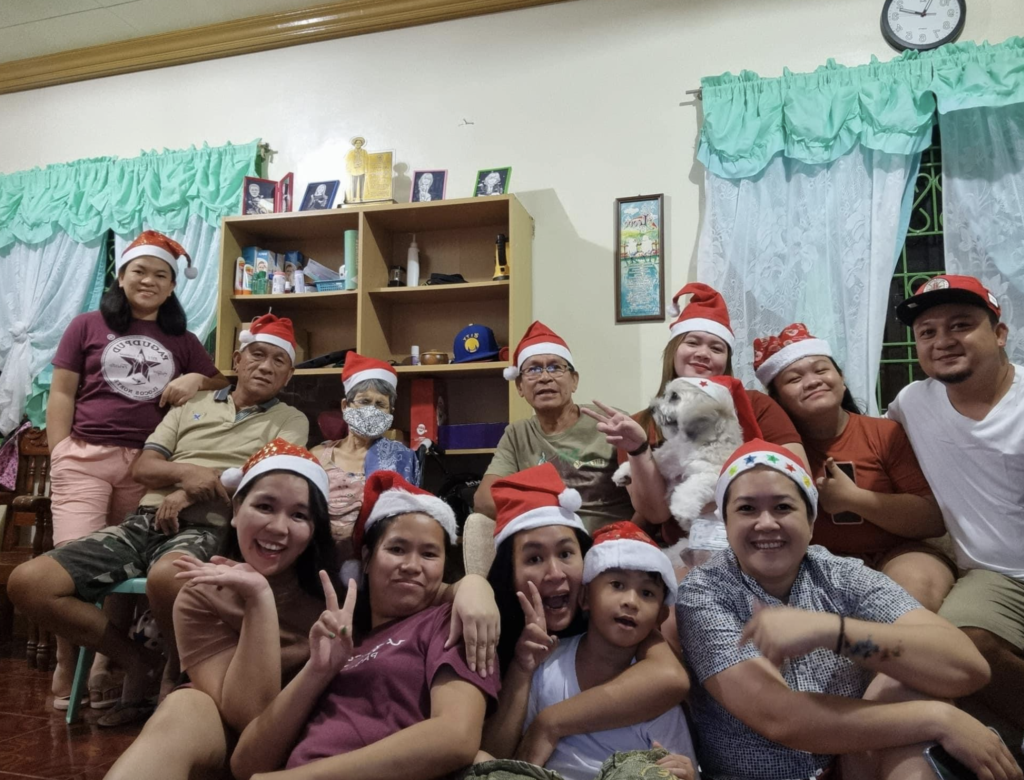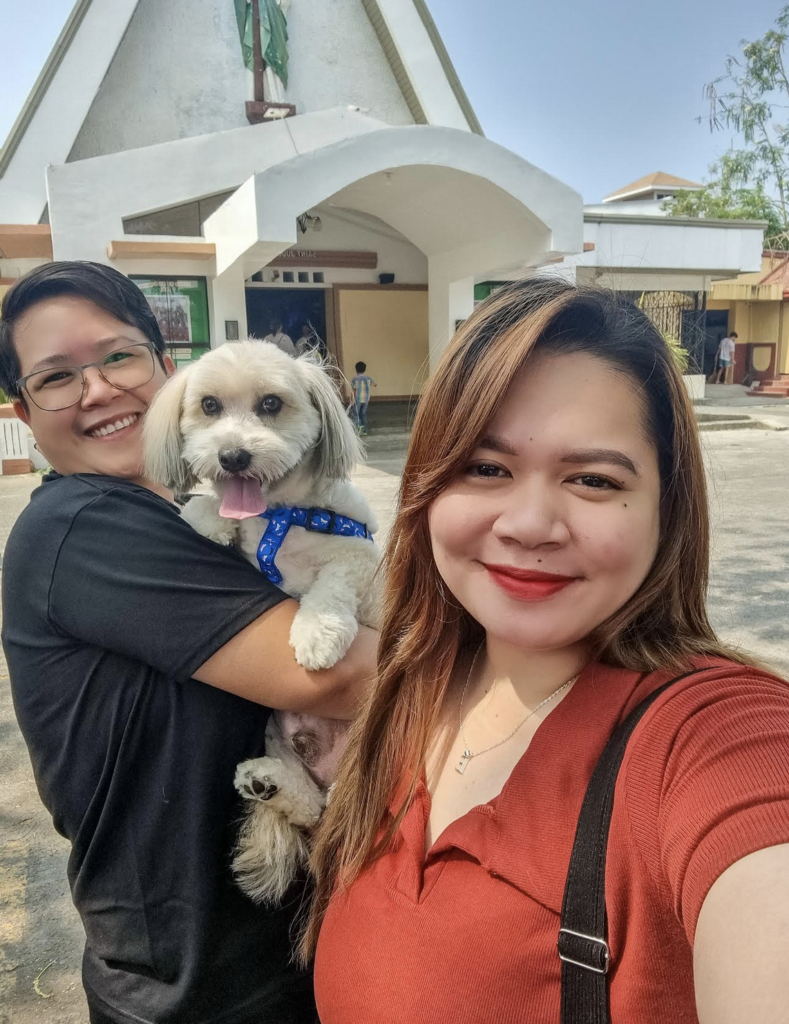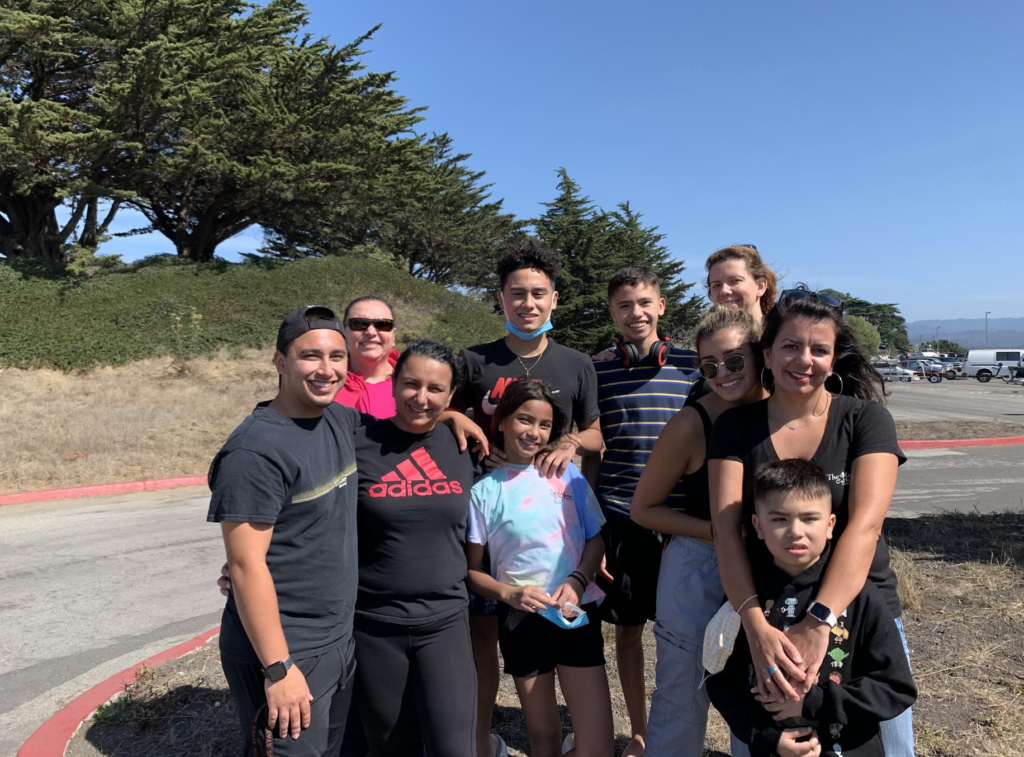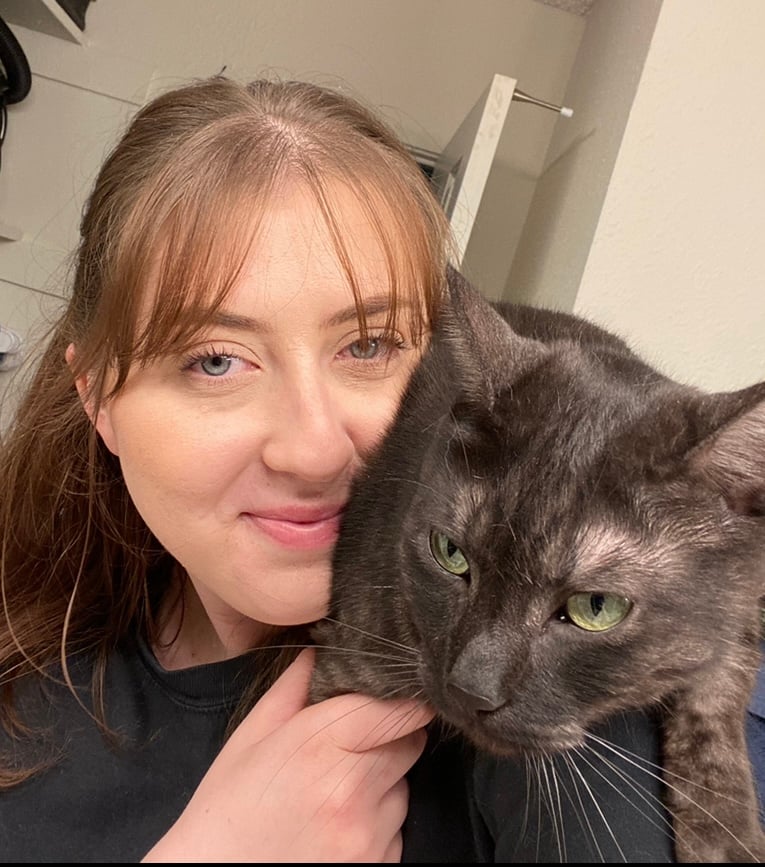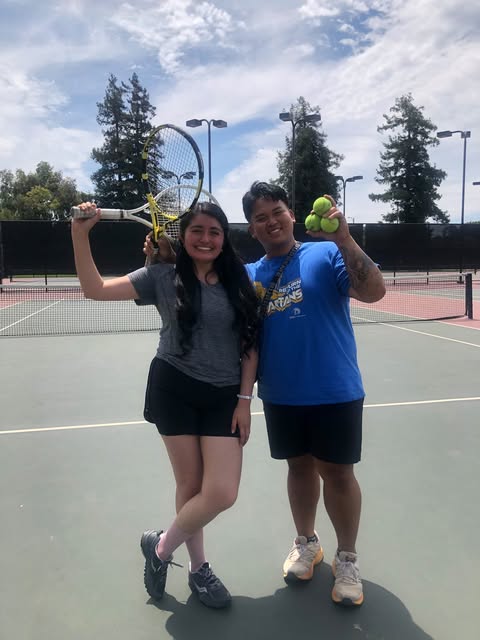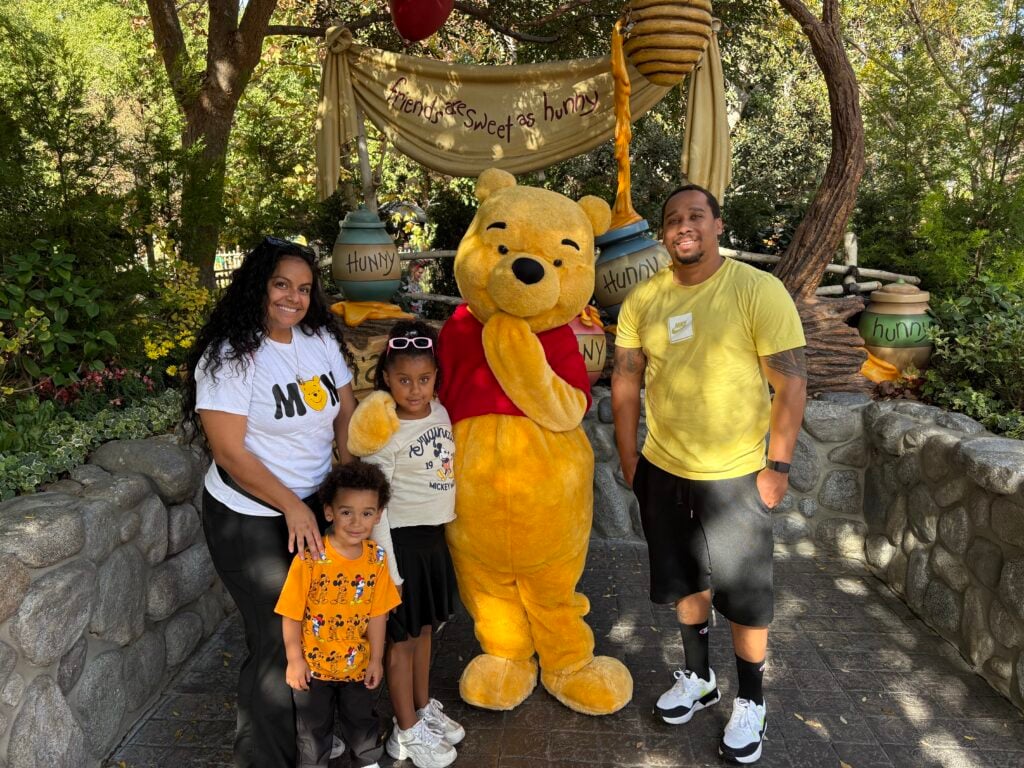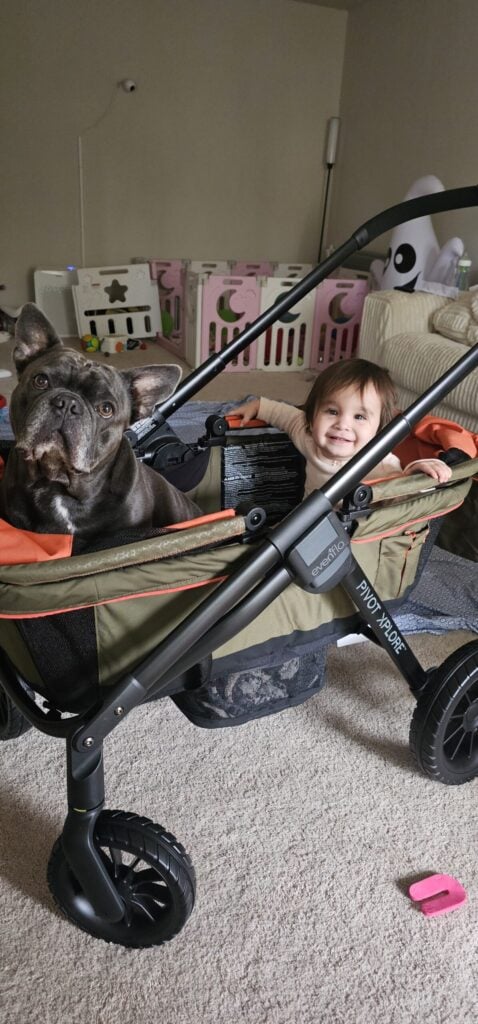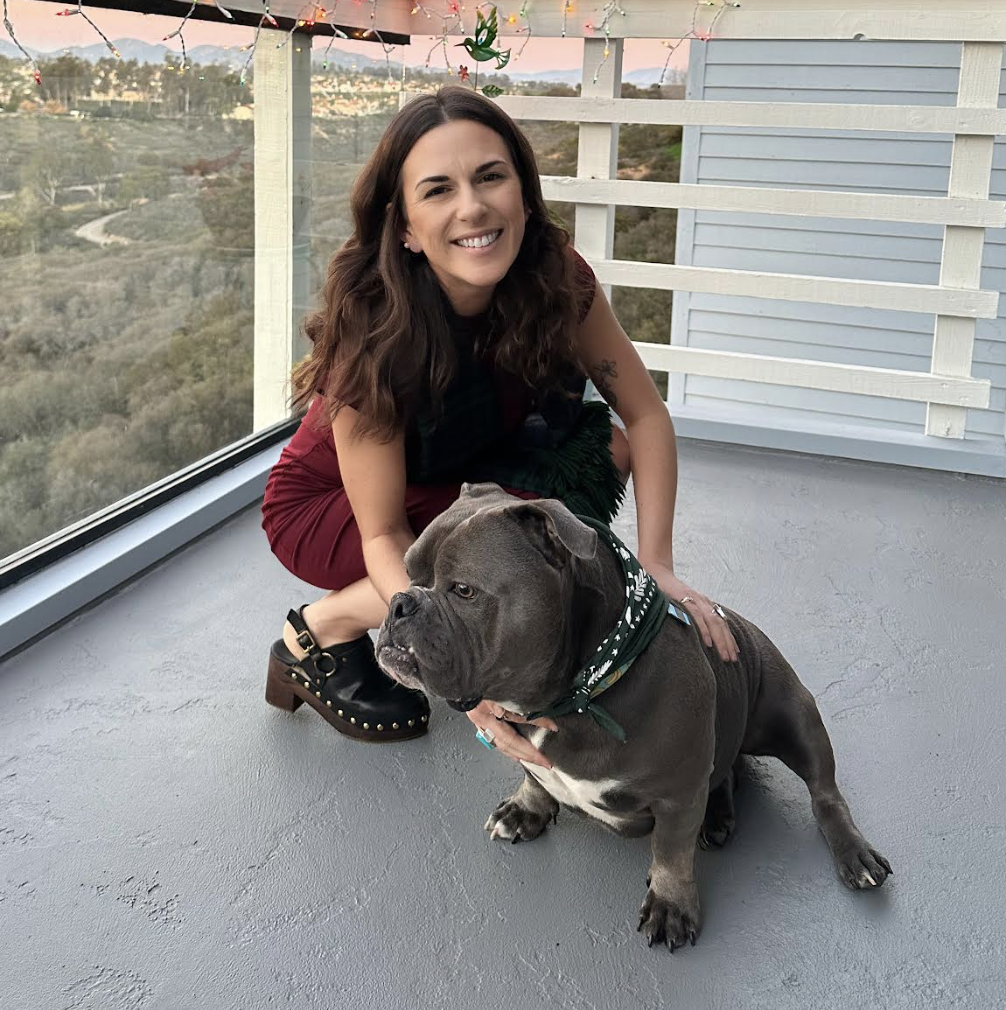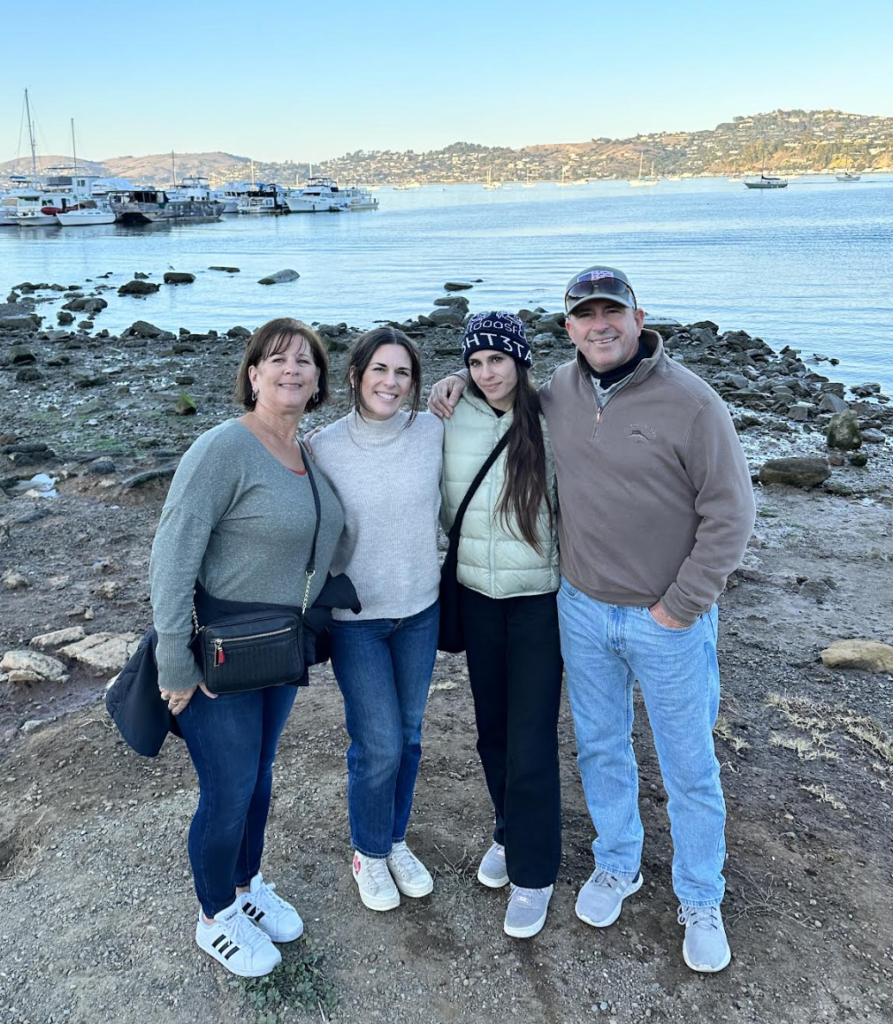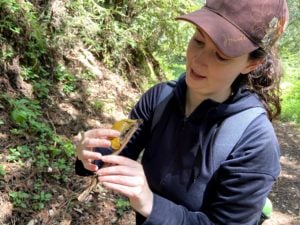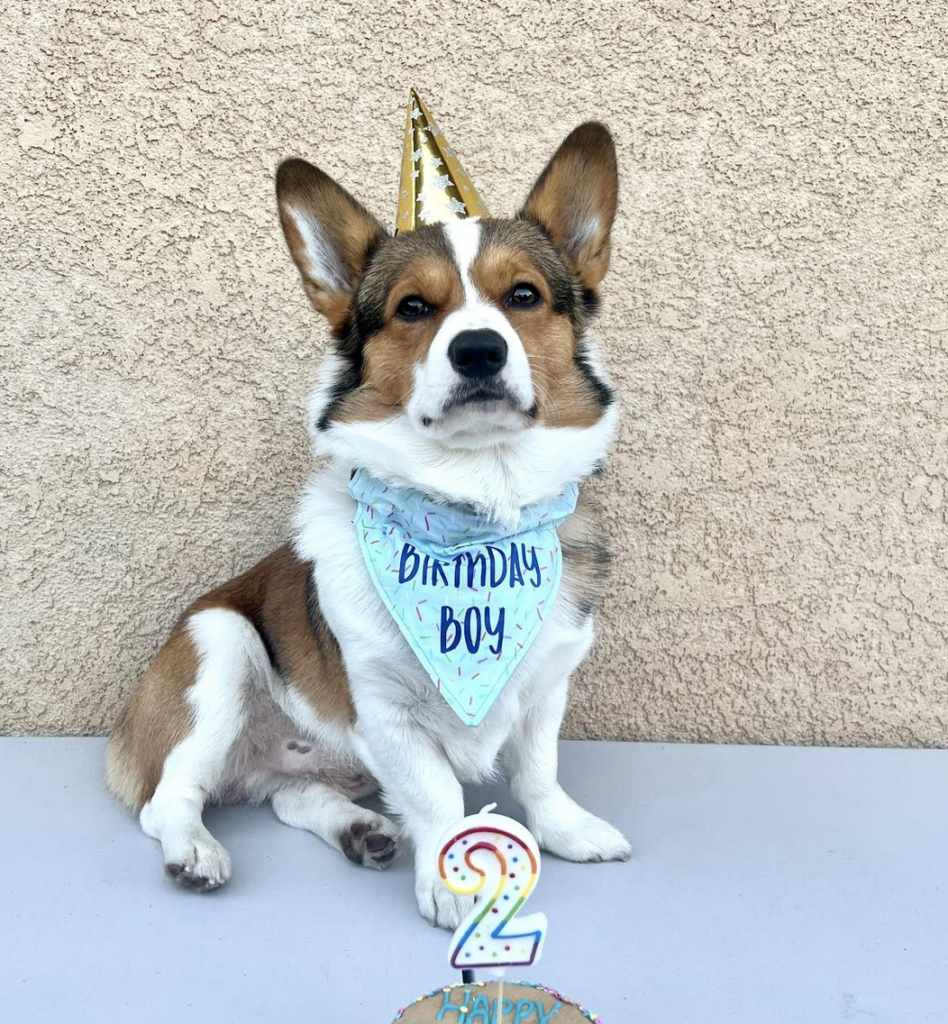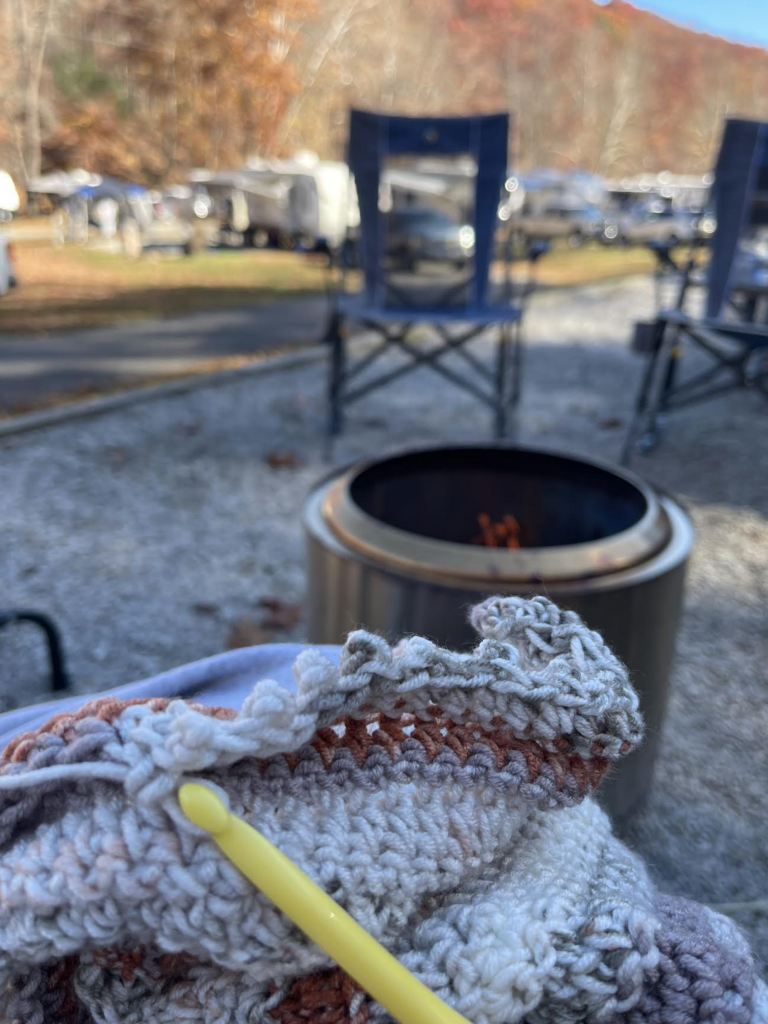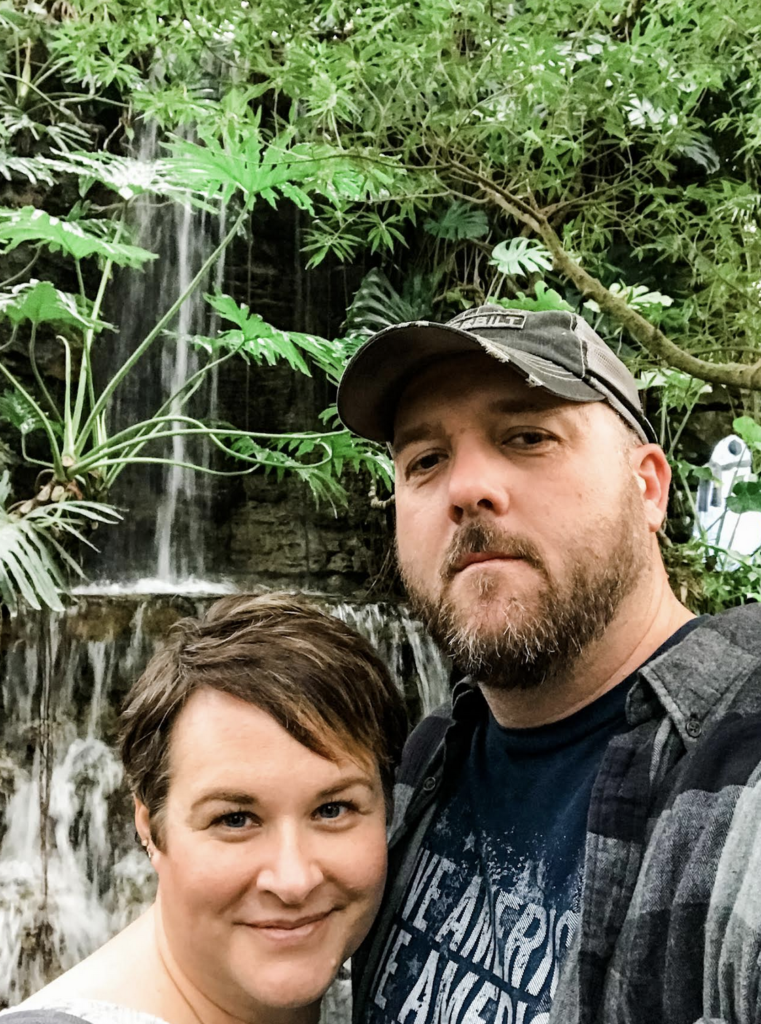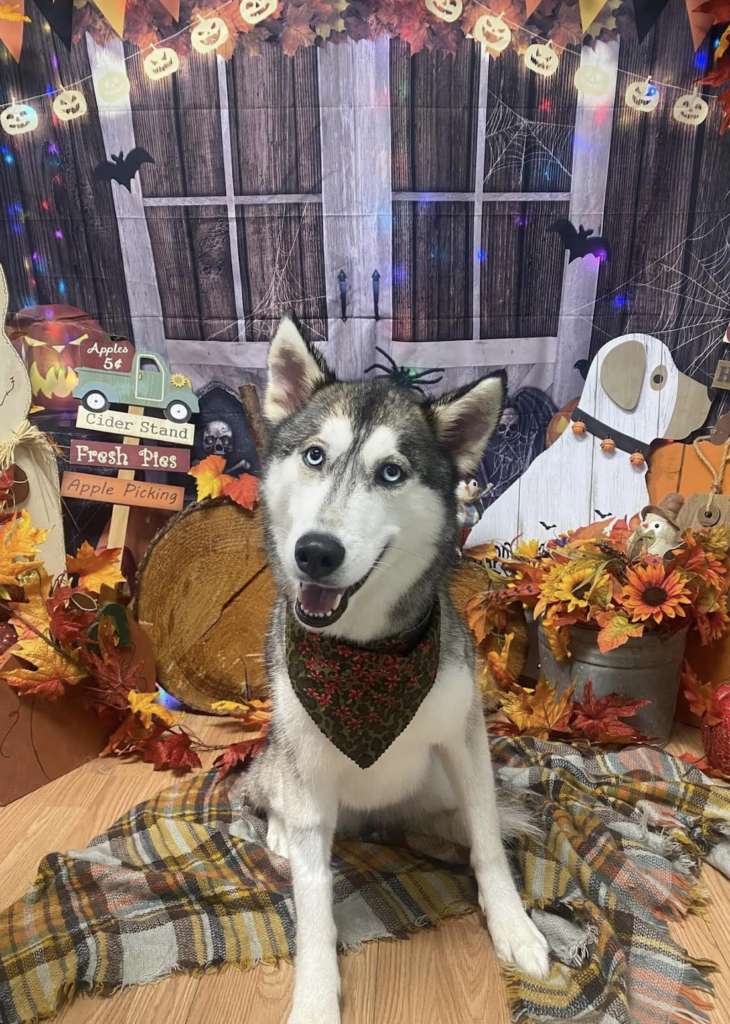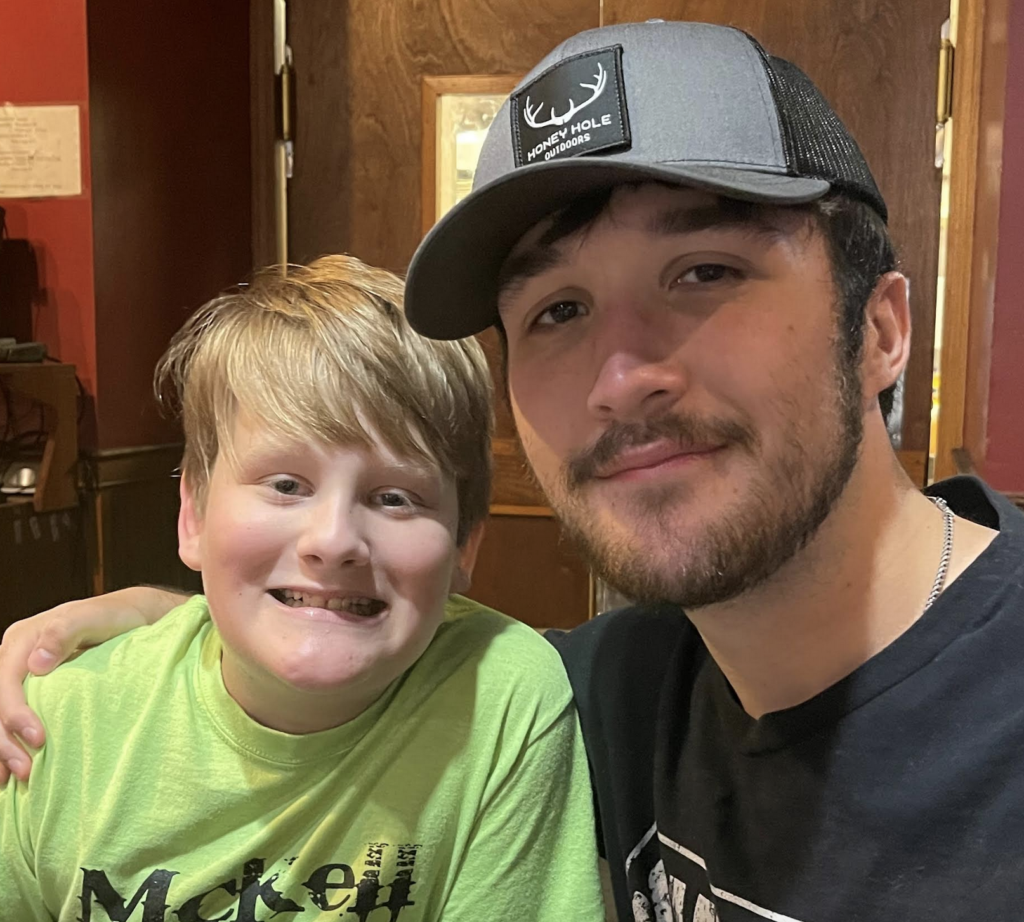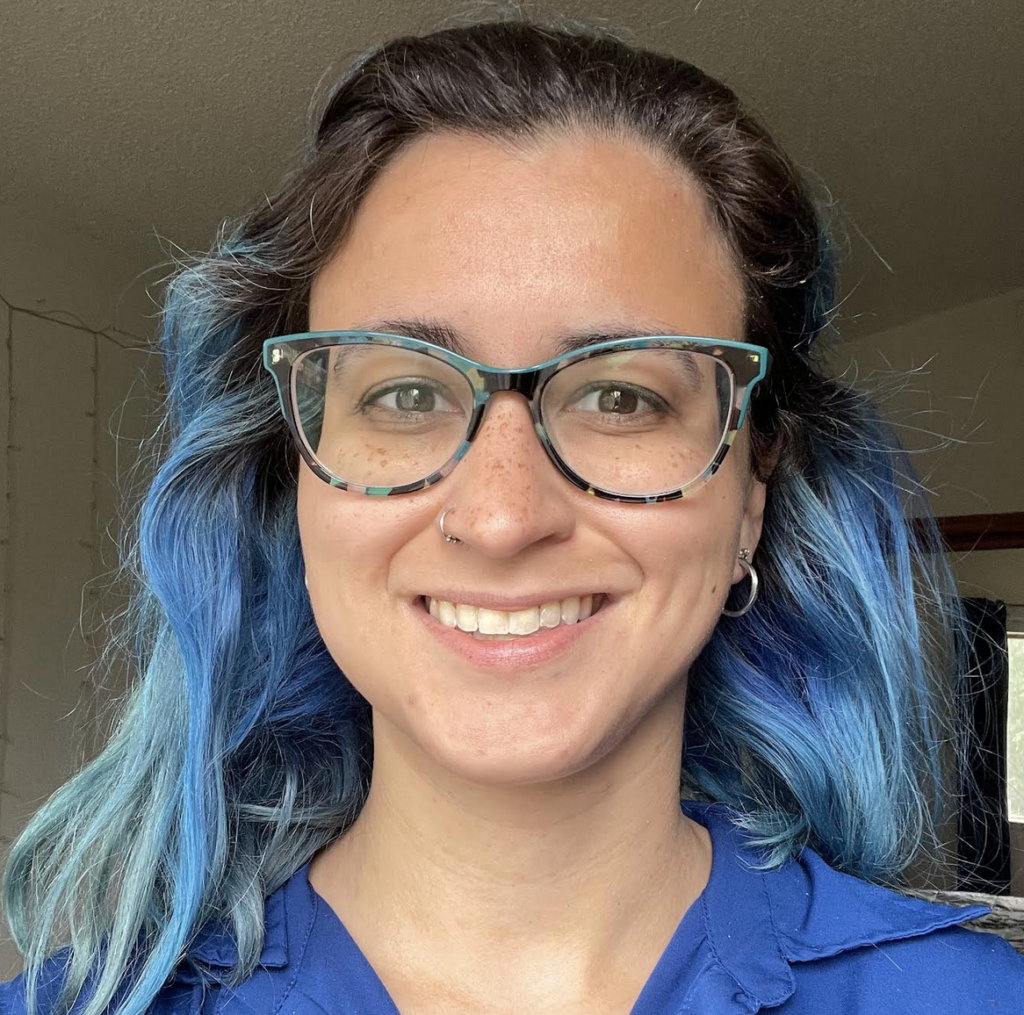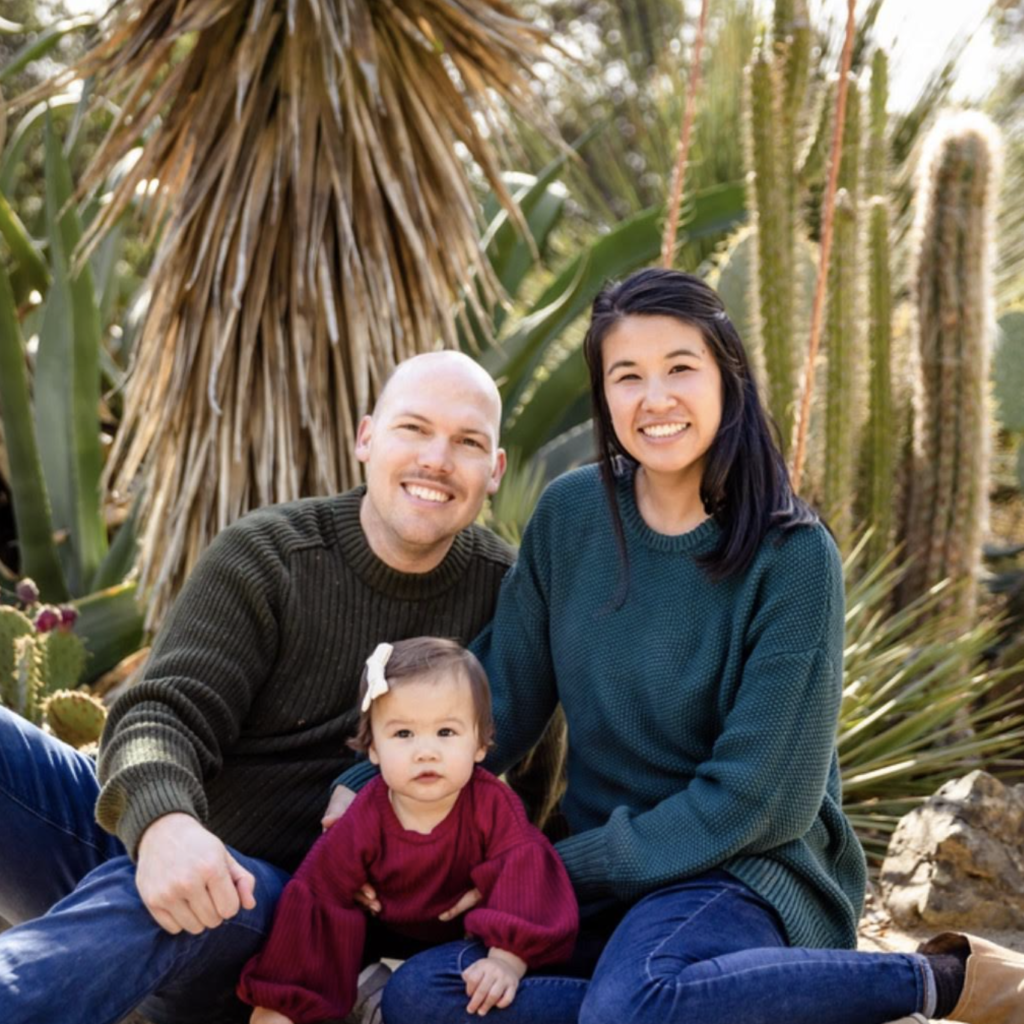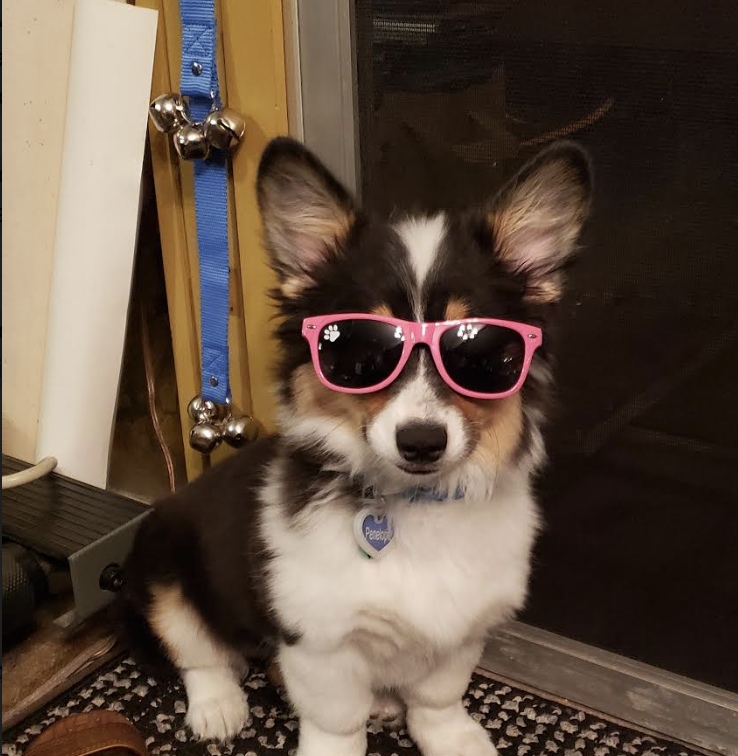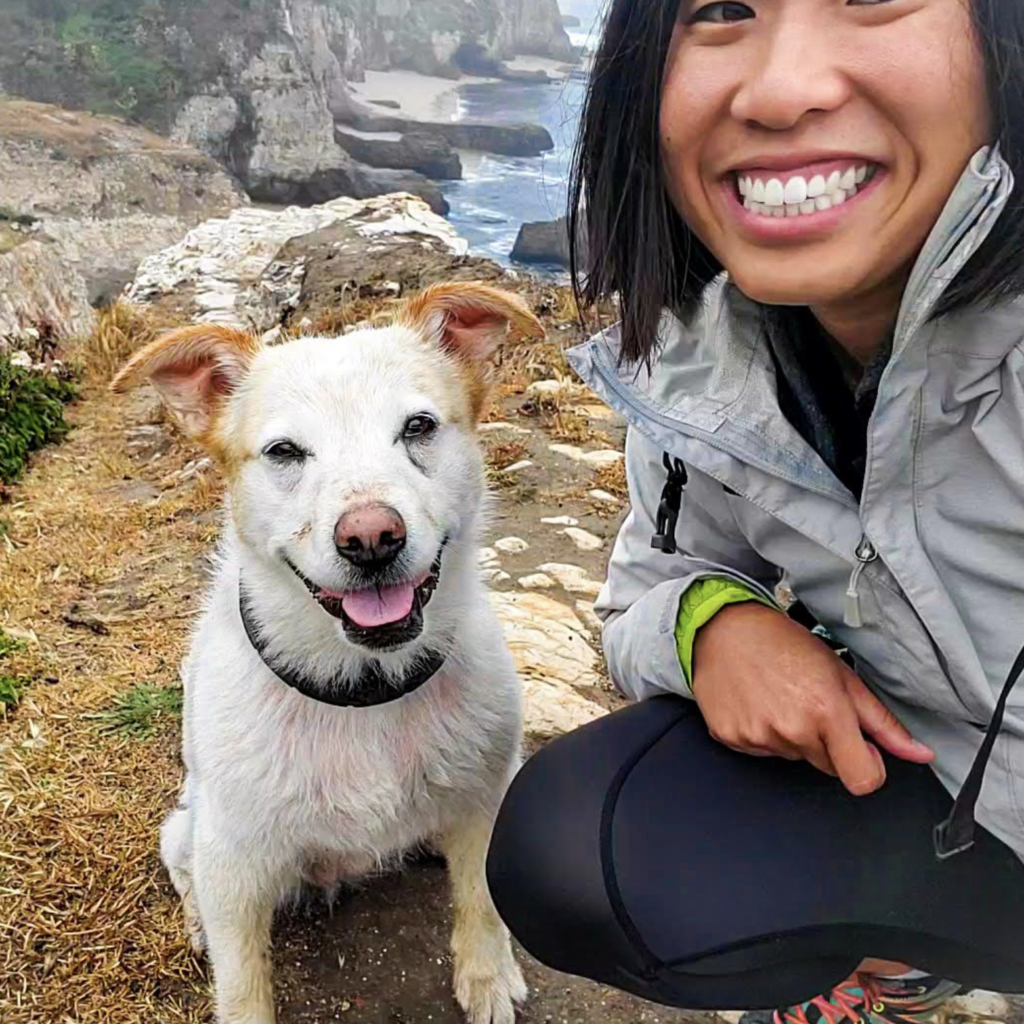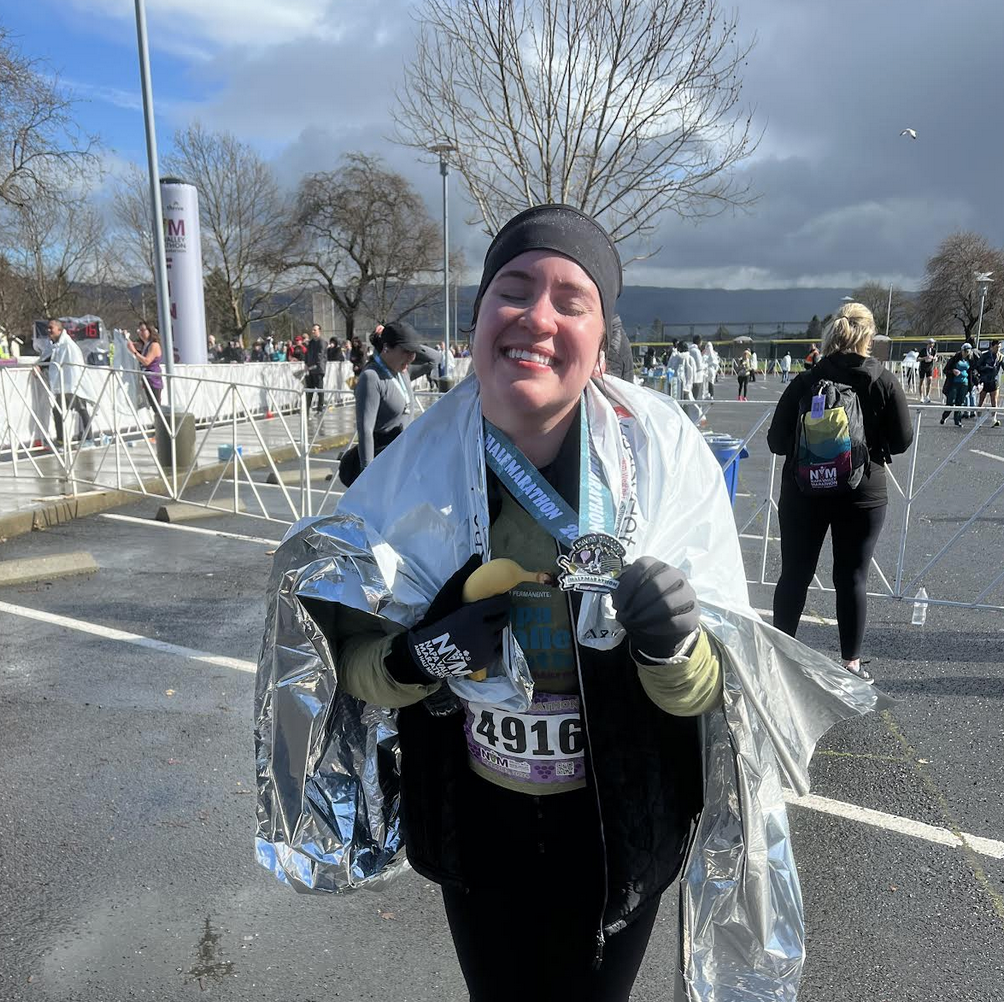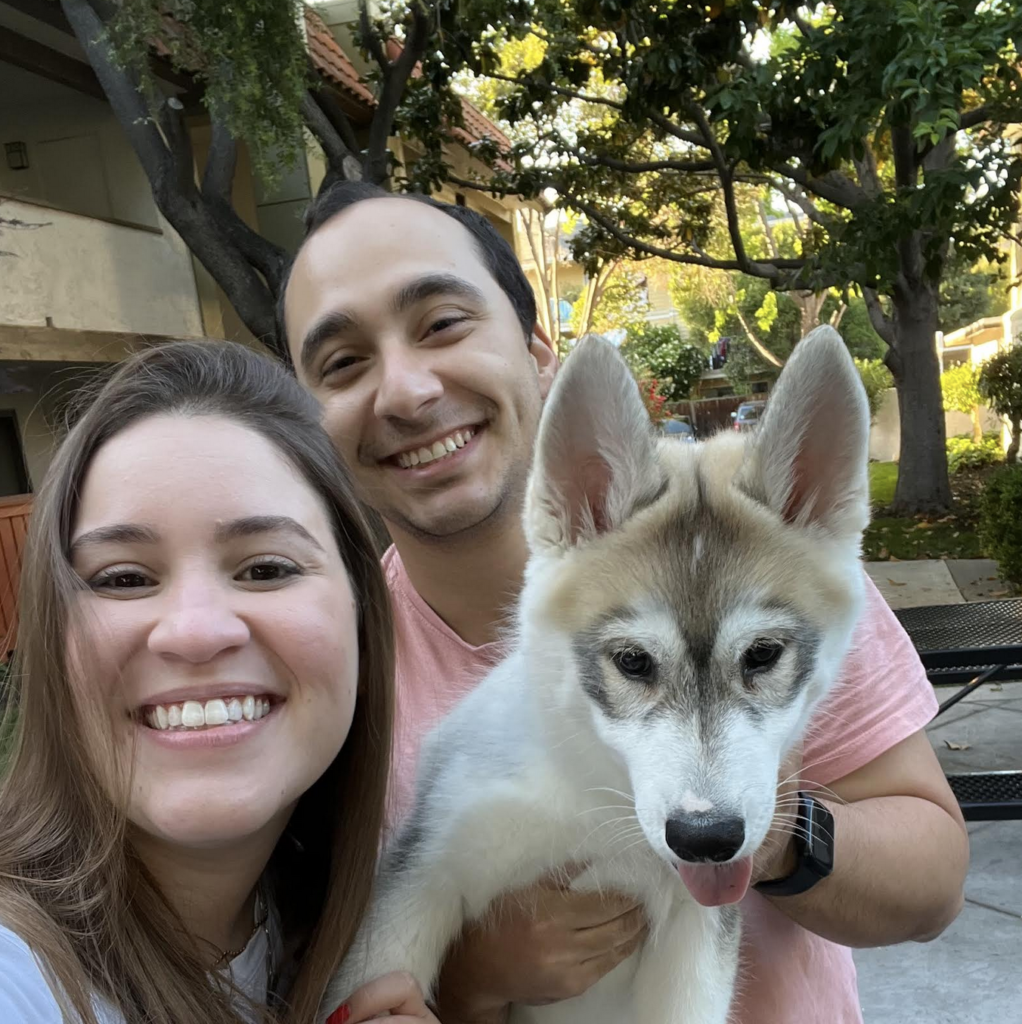
If your child has trouble pronouncing his ‘s’ and ‘z’, chances are that they have a lisp. Lisp is a speech impediment that develops during childhood and usually goes away on its own.
What causes a lisp?
Most often a lisp is caused by the wrong tongue placement in the month. When that happens, the airflow to the inside of the mouth is obstructed. This causes the words and syllables to distort. Another reason your child has a lisp is because of tongue ties.
In most cases, lisping is temporary and goes away on its own or with speech therapy.
Types of Lisps
Understanding the type of lisp helps your speech therapist develop the right program.
-
- Frontal Lisp
The frontal lisp is produced when the tip of the tongue protrudes between the front teeth. This obstructs the airflow which causes the wrong pronunciation of the ‘s’ and ‘z’ sounds. A frontal lisp is the most common form of lisp.
-
- Palatal Lisp
A palatal lisp is produced when the child rolls their tongue too far back and touches the soft palate or the roof of the mouth.
-
- Dental Lisp
A dental lisp occurs when the child pushes their tongue against the front teeth.
-
- Lateral Lisp
A Lateral lisp is produced when the child is not correctly directly the ‘s’ sound out from the airway. Instead of going out in the center of the mouth, the sound is released around the sides of the tongue.
How can a speech therapist help?
Depending on the kind of lisp, your child’s speech therapist will most likely adopt the following techniques to correct it:
Generate Awareness
A lisp looks cute to many parents but can be an impediment as the child grows old. A child might not be able to correct a lisp on his own when he doesn’t realize the difference. Speech therapists will modulate the right and wrong pronunciation to help your child identify and correct the lisp.
Tongue Placement
Most lisps are caused by the incorrect placement of the tongue. Your child’s speech therapist will identify the kind of lisp and then direct your child towards the right tongue placement.
Drink Through a Straw
Drinking from a straw cannot cure a lisp, but it can help generate awareness of the tongue. When your child drinks through a straw, it helps keep the tongue pointed down naturally away from the front teeth and the palette.
Practicing Words and Phrases
Your child’s SLP will identify the words that your child has difficulty pronouncing. He will practice these words with the child. He will help your child practice words with these sounds with the initial (beginning), medial (middle), and final (end) sounds.
Your SLP will also give you words to practice at home with the child. If he doesn’t, ask him to provide a list to practice.
Once your child is able to pronounce individual words properly, the SLP will move towards phrases.
Conversation
After a few rounds of practice sessions with words and phrases, your child’s SLP will move towards proper conversations to see how you are faring when the flow of words and sentences.
At this point, your child should be able to easily converse without any issues.
If your child is having issues with their speech, book a free initial consultation with our speech therapists. Call (408) 337-2727 today to talk to our expert SLPs.




